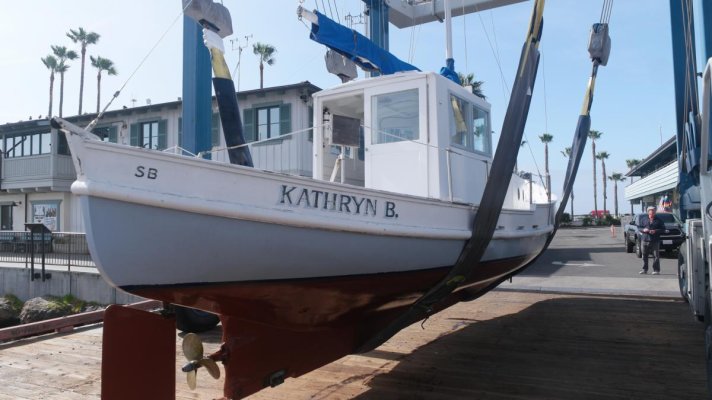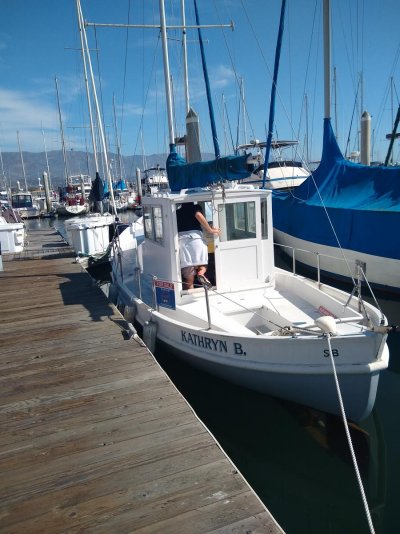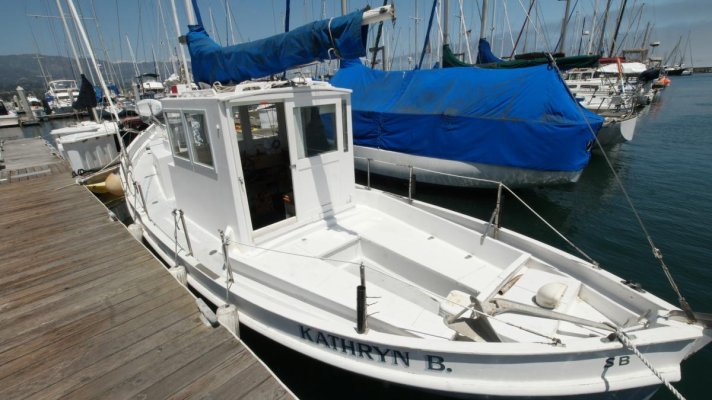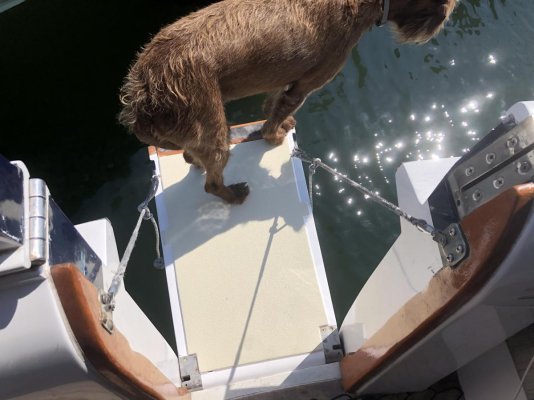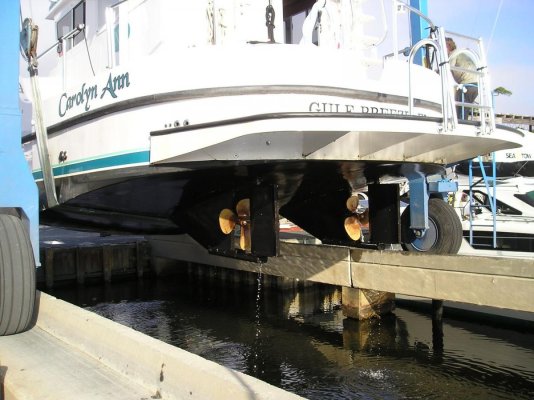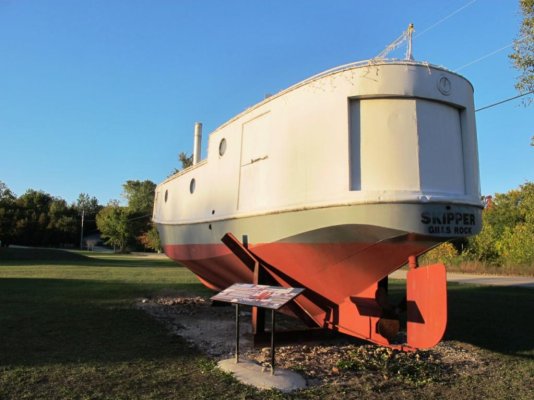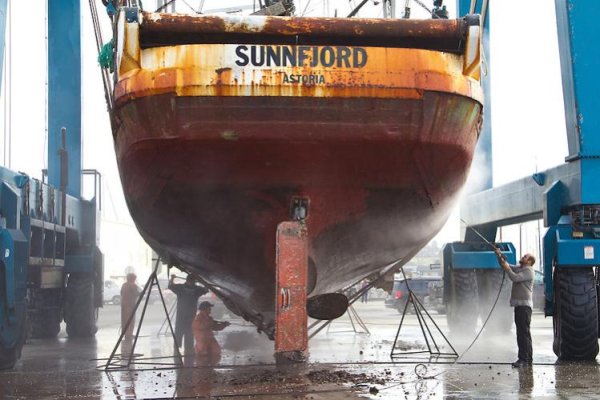Sailor of Fortune
Guru
I believe this is confusing sailboats and powerboats.
The 120° figure sounds correct for sail, but for power that would seldom ever be achieved in a bluewater design for a recreational boat (versus specialized craft like CG vessels). I bet if you researched Nordies you'd find most in the 90-100° range and perhaps just a few models more than that.
I have received design proposals from several shipyards for bluewater cruisers. One was in the low 70° AVS, and the others were just over 90° and all of these yards built ocean-going fishing trawlers and longliners.
I think I may have rolled 45° once in my life in 2-3 story seas, but I'd be comfortable with a future boat if it were in the 90-ish AVS area.
Perhaps we're going overboard with concerns for ultimate stability.
As you or someone else commented earlier, the technology we have today, including satellite communications and weather-prediction modeling, are much better than decades ago. By just applying a more conservative approach to cruising, carefully picking weather windows, you could likely circumnavigate the planet without ever being hammered by the angry Sea Gods.
Check out the Allweather line of boats. They aren't made anymore but they have a righting moment of 120 degrees according to Ted Brewer (NA) . Small, capable
At least 1 member here has one. They are mostly in PNW and Alaska

